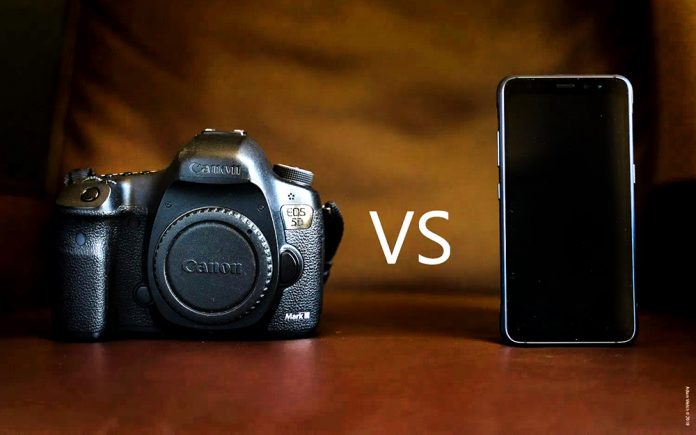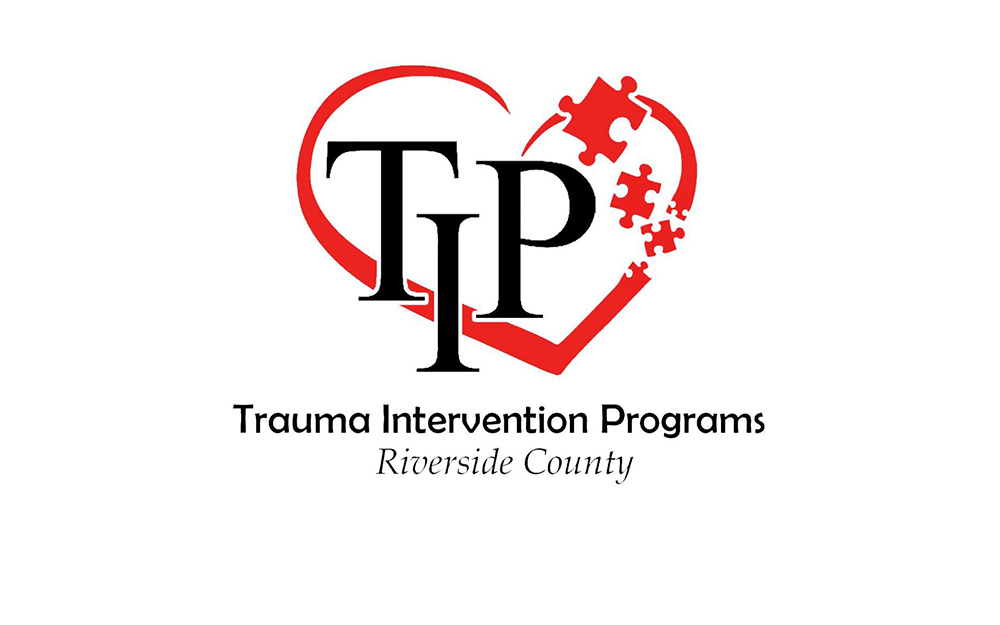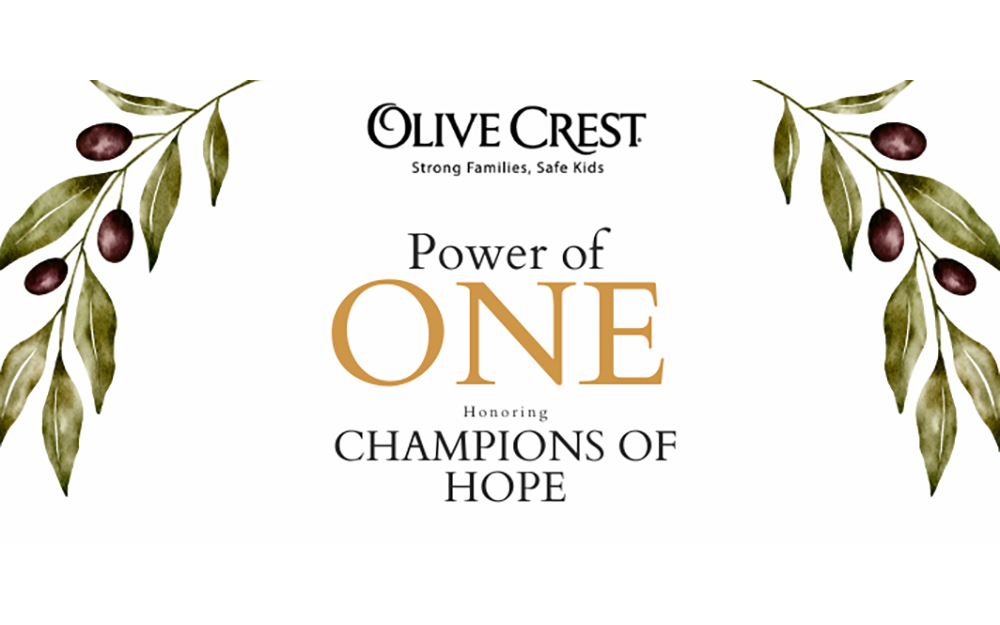
Differences, advantages, and disadvantages of each.
By Dennis Shelly
Over the years we have seen the evolution and advancement of cameras whether using your cellphone or an actual camera. So what are the differences, advantages, and disadvantages of each?
So where do things stand in 2022 when it comes to the digital single-lens reflex camera, often known as DSLR camera versus a cellphone camera? Many people assume that the camera on the current iPhone or Samsung flagship smartphone is as great as, if not better than, that of a DSLR. You’ll be astonished to learn that it couldn’t be farther from the truth. When we look at the facts, we discover that there are many differences between the two. In most cases, an ordinary DSLR is better as compared to the top cellphone camera. A real DSLR camera will provide better photographs and movies. That is not, however, the only factor to consider. A camera’s weight and size might be an issue at times. Some people may find the price of a DSLR prohibitive, but they may easily finance a high-end smartphone with a decent camera through their phone service provider.
There are several reasons why someone would select one over the other, and in this article, we’ll go over them all to help you make the best possible decision.
Cellphone Cameras
Let’s start where most people do; that is using your camera phone. The quality of your images is determined by the phone you have. There are significant differences between camera phones. In most cases, the camera of a newer phone is superior. Your camera phone, no matter how wonderful it is, will never be as versatile as a digital camera. However, there are other aspects to consider while deciding which is best for you.
Other Advantages and Disadvantages:
Convenience: It is convenient to use your cellphone camera. After all, you already own it and carry it with you. All you have to do is click, tweak, and upload the photo. No matter how much editing you do, you still have the benefit of having it all on your phone.
Fast: Along with convenience comes the advantage of saving time.
Easy: Cellphone cameras are primarily, if not entirely, automated. As a result, if you are not an experienced photographer, using a camera phone is a good option because it does not need any specific skills.
Affordable: You already have a cellphone, which has a camera. As a result, you are not purchasing expensive equipment. You also don’t need to attend expensive photography workshops to capture a good photograph. Furthermore, editing apps like Pic Monkey and the pro version of Lightroom don’t require a computer or a subscription cost.
Limited: There’s only so much you can do with a cellphone’s camera automatic settings. Certain lighting conditions make taking a good photo nearly impossible.
Poor Quality: Depending on your cellphone’s camera, the finest quality you can get maybe insufficient to produce excellent images.
Low Resolution: Low quality is OK if you only use your pictures on Instagram. However, if you want pictures for your website or blog, the poor resolution will not suffice. Furthermore, many businesses need high-resolution photographs for their websites.
DSLR Cameras
If you’re unhappy with sacrificing quality because of the limitations of your cellphone’s camera, it might be time to look into digital photography.
Advantages and Disadvantages:
Quality: This is the best option when high quality is essential. Your only constraint is your skills.
Versatility: To produce professional-looking images that you can be proud of, you may employ a variety of techniques. Low lighting, excessive brightness, it doesn’t matter what the parameters are or what the situation is. Beautiful photographs are yours to take if you have the right knowledge.
Cost: A low-end digital camera and kit costs between $400 and $500 and can cost up to $1000 or more.
Learning Curve: If you are not an experienced photographer, the learning curve is steep to begin with, such as recognizing parts, point and shoot automation, battery installation, and on/off. To learn anything beyond the fundamentals, you have to search Google and watch YouTube videos.
Time: The digital process requires a significant amount of time. You have more steps to get a picture assuming you know what you’re doing (not considering the learning curve).
Differences between Cellphone Camera vs DSLR Camera
Resolution Specifications:
The resolution of an unedited DSLR image, for example, is 5184 × 3456 (there are more alternatives available), whereas the iPhone outputs an image at 3264 x 2448. The DSLR photograph catches more of the color range on the image, but the smartphone image is bleached off. It’s worth mentioning once more that various devices have different capabilities. DSLRs come as standard with more powerful anti-aliasing. It all comes down to how you interpret your subject and the conditions that surround it.
Camera Sensors:
In comparison to DSLR cameras, smartphone camera sensor sizes are small. Even the most expensive point-and-shoot cameras feature bigger sensors. We don’t mean pixel count, but rather the physical size of the sensor. You may have a smartphone with a 48-megapixel sensor, but it is just 5 mm (0.2 inch) wide. This means that each of your 48 million pixels is merely 0.8 microns in size. The pixel size of a DSLR camera with a 48-megapixel sensor is much larger. A ‘full-frame’ sensor has a width of 36mm (1.41 inch). Each pixel is larger and more light sensitive.
Camera Lenses:
The biggest advantage of a DSLR is the interchangeability of lenses. You can connect a 200mm lens as well as an 18mm lens to it, according on your preferences. It is not possible with mobile cameras. Mobile phone lenses, like their sensors, are small. They are only 4mm wide and 0.2mm thick. This limits their capacity to take high-resolution pictures. Again, convenience is in their size. It’s far easier to bring your phone than your DSLR with a large zoom lens.
Image Processing:
For true depth of quality, there is no comparison between an iPhone’s camera and a DSLR. Backend software processing is the reason that smartphone camera images look so good. As phone technology advances, so does digital camera technology. Image processing algorithms are packed into phones to compensate for the small sensors and lenses. This technology manipulates your images to make them look the way the software decides they should.
Low-Light Shooting:
When the lighting is poor, smartphone cameras frequently produce poor images. They may appear fine when seen on your phone’s monitor. However, as you magnify them, the problems become obvious. Due to the way camera sensors capture light, DSLRs will always have an edge over mobile phones in low – light conditions. More sensors have larger photosensitive sites, which allows them to capture more detail about incoming light even when there isn’t much of it.
Cellphone cameras have improved significantly over time. Manufacturers of mobile phones are attempting to reduce the differences between the cameras of their cameras and those of DSLRs. Sensor sizes have been upgraded. They have created numerous camera settings in smartphones to offset the lens changeability of DSLRs since most of them include a built-in macro, telephoto, wide-angle, and standard camera lens. As a result, the gap is narrowing, and smartphone cameras may eventually replace DSLRs. In the meanwhile, you’ll have to rely on reputable brands’ digital SLRs for superior photography.
Have additional questions or a suggestion for our next article? Our Eggsperts are standing by to help. Please contact us by calling (760) 205-0105 or emailing us at tech@eggheadit.com with your questions or suggestions for our next article.
IT | Networks | Phones | Security | Automation










































